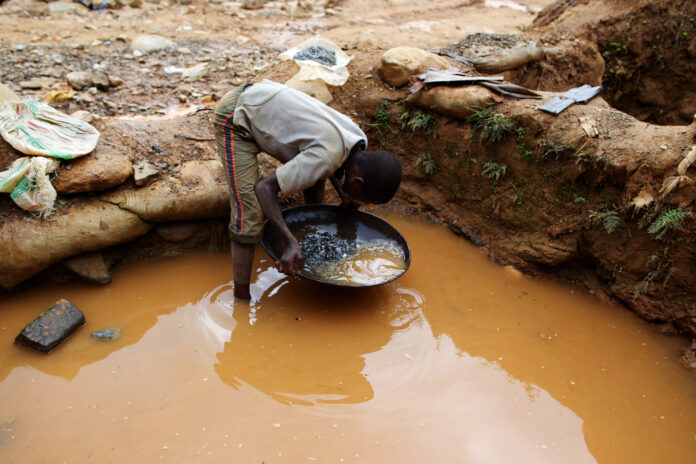
The Democratic Republic of Congo (DRC) is undergoing a silent genocide — marked by deaths, forced displacements, and violations of human rights, including sexual assaults — driven by regional conflict and corporate exploitation of mineral resources, including cobalt and coltan, needed for rechargeable batteries.
Since 1996, at least 6 million Congolese have died, and more than 7 million people have been displaced as a result of conflict and violence, driven by Western and corporate intervention via arms sales to militias in the region and exploitation of the country’s rich mineral resources.
Mining and Violence in DRC
Artisanal mining, small-scale informal mining activities carried out with minimal equipment, in the DRC is marked by dangerous work conditions, where miners are ruthlessly exploited by traders who purchase from them along a shady supply chain.
DRC is rich in coltan – short for columbite-tantalite, a highly sought-after mineral and a key component used in manufacturing heat-resistant capacitors found in laptops, cellphones, and high-end electronic devices. In 2021, the DRC was its largest producer globally, producing 700 metric tons, approximately more than 60% of the world’s coltan supply. However, coltan extraction in the DRC is marred by violence and corruption. Activists, journalists and scholars state a direct correlation between the exploitation of coltan with widespread environmental harm, human rights violations, violence, and loss of life.
The DRC also possesses abundant cobalt deposits crucial for rechargeable lithium batteries used in millions of products from companies like Apple, Google, Dell, Microsoft, and Tesla annually.
Read More: Seeds of Resilience in Palestinian Agriculture
The relentless demand for cobalt and other minerals, fueled by the pursuit of affordable handheld technology and a ‘zero carbon market,’ has tripled in the last five years and is anticipated to double by the end of 2020.
Armed groups and militias have taken over many mining sites, terrorizing local communities to control the lucrative trade. The ruthless pursuit of power and profit has led to mass displacements, livelihood destruction, and the loss of numerous innocent lives.
Via The Africa Report, 2022
Climate Apartheid in the DRC
The DRC, despite possessing abundant minerals crucial for sustainable energy, is poorly equipped to face climate impacts. The nation is facing a text-book definition of climate apartheid, as richer countries exploit its resources for their climate resilience sourced through the exploitation of local miners working in hazardous conditions and subject to atrocities, while DRC continues to rank among the bottom 5 countries most vulnerable to the climate crisis and least resilient to withstand its impacts.
The demand for sustainable energy technologies has created a market for metals like copper and cobalt, essential for lithium-ion batteries used in electric vehicles and cell phones.
However, the labour commodification in the DRC, in large part due to the lack of environmental regulations, has allowed companies to monopolize the production of these crucial minerals in the DRC, vital for technologies in energy transitions such as wind turbines and storage batteries.
Who’s Responsible?
The supply chain in the DRC, from mining to end use, is highly complex, operating without meaningful oversight and lacking a paper trail for tracking minerals from source to export.
Miners, often working long hours underground, frequently express a sense of being exploited by a system that leaves them no recourse to negotiate with traders. Faced with the need to survive, they find themselves compelled to accept these unjust terms of business.
Read More: The Libya Floods Are a Deadly Interplay of War & Climate
The role of multinational corporations and their complex supply chains with convoluted networks of intermediaries and traders obscures the origins of coltan. It is almost impossible to decipher whether a mineral has been sourced ethically and responsibly. The global tech industry’s demand for coltan has played a big role in perpetuating atrocities in the DRC.
What are the Environmental & Humanitarian Impacts?
The DRC’s minerals are being exploited in the name of green energy technologies with many foreign-led industrial mining operations tied to deforestation in the Congo River Basin, and the destruction of agricultural fields of local communities – further exacerbating food insecurity and poverty. These dire conditions have forced children as young as 5 years old to search for minerals in the sand near mines, and 40% of unregulated artisanal miners are reported to be children. Over 40,000 of artisanal miners working in DRC’s coltan mines are children and teenagers.
The DRC has lost 8.6% of its tree cover since 2000, with mining being a major cause of deforestation. Coltan production also has polluted water bodies and aquatic life with chemicals, as the process of mineral separation, sieving and sorting is manually done through washing at streams and rivers.
References
- International Insight: the silent genocide in the DRC. https://libertywingspan.com/75226/opinion/international-insight-the-silent-genocide-in-the-drc/
- What coltan mining in the DRC costs people and the environment. https://theconversation.com/what-coltan-mining-in-the-drc-costs-people-and-the-environment-183159
- Child miners: the dark side of the DRC’s coltan wealth – ISS Africa. https://issafrica.org/iss-today/child-miners-the-dark-side-of-the-drcs-coltan-wealth
- 7 Million People in the Democratic Republic of the Congo Are Now Displaced. https://www.democracynow.org/2023/11/10/headlines/7_million_people_in_the_democratic_republic_of_the_congo_are_now_displaced
- Inside the DRC’s Artisanal Mining Industry. https://www.amnestyusa.org/updates/inside-the-drcs-artisinal-mining-industry/
- In Congo, Lure Of Quick Cash Turns Farmers Into Miners: NPR. https://www.npr.org/2013/03/28/175577518/in-congo-lure-of-quick-cash-turns-farmers-into-miners
- Addressing the enablers of coltan smuggling in the DRC requires holistic solutions. https://www.theafricareport.com/203796/addressing-the-enablers-of-coltan-smuggling-in-the-drc-requires-holistic-solutions/
- ND-GAIN Index Country Rankings. https://gain.nd.edu/our-work/country-index/
- Silent genocides: Congo, Armenia + Sudan. https://migrantsrights.org.uk/2023/11/07/silent-genocides/


